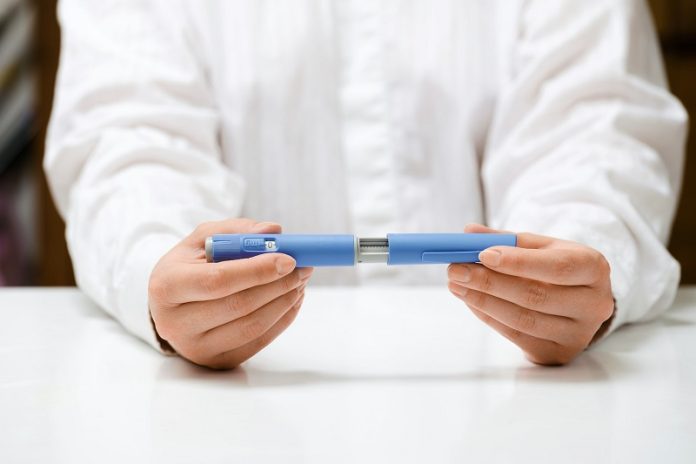
A new clinical trial led by the Jaeb Center for Health Research has shown that automated insulin delivery (AID) systems can significantly improve blood sugar control in adults with type 2 diabetes who use insulin.
The study, published in The New England Journal of Medicine, offers the strongest evidence to date that AID could be a safe and effective treatment option for this population.
AID systems are already well-established in managing type 1 diabetes, where they automatically adjust insulin delivery based on continuous glucose monitor (CGM) data.
However, until now, there has been limited research on their effectiveness for people with type 2 diabetes who require insulin therapy. Many previous studies lacked strong design or had small sample sizes, making their results less reliable.
This new study aimed to fill that gap. It enrolled 319 adults with insulin-treated type 2 diabetes across 21 medical centers in the United States and Canada.
Participants were randomly split into two groups: one used the t:slim X2 insulin pump with Control-IQ+ technology and a Dexcom G6 CGM sensor (AID group), while the other group continued with their current insulin routine, but also used real-time CGM to monitor their glucose levels (control group).
At the start of the study, participants had average blood sugar levels (measured by HbA1c) of about 8.2% in the AID group and 8.1% in the control group—well above the typical target of around 7%.
After 13 weeks, HbA1c levels dropped to 7.3% in the AID group, while the control group’s levels dropped more modestly to 7.7%. That’s a difference of 0.6 percentage points, showing a clear advantage for the AID users.
But that’s not the only improvement. Using CGM data, researchers found that people in the AID group increased their time in the target blood glucose range (70–180 mg/dL) from 48% to 64%, meaning they spent about 3.4 more hours per day in healthy glucose zones. The control group, in contrast, had almost no improvement in time spent within the target range.
Other benefits of AID included:
- A drop in average blood sugar levels by 21 mg/dL
- A 9.1 percentage point decrease in the time spent with dangerously high blood sugar (above 250 mg/dL)
- Very low levels of low blood sugar (hypoglycemia) in both groups, with only one serious incident in the AID group and none in the control group
- No reported cases of diabetic ketoacidosis or other serious complications
Importantly, AID was effective across a wide range of participants, even those who had never used an insulin pump before or did not count carbohydrates — two common barriers to advanced diabetes management.
Most participants were also taking other medications for diabetes, including GLP-1 receptor agonists (44%) and SGLT2 inhibitors (37%), yet the benefits of AID were consistent regardless of the medication used.
The AID system showed high levels of user engagement, with participants spending a median of 93% of their time in automatic mode, suggesting that the technology is both user-friendly and sustainable.
Review and Analysis:
This study marks a major step forward in diabetes care for adults with type 2 diabetes who are dependent on insulin. For years, automated insulin delivery has been largely limited to type 1 diabetes, where its benefits are well-proven.
This new trial provides clear, real-world evidence that AID can also help people with type 2 diabetes improve their blood sugar control — and do so safely.
The trial’s strengths include its randomized controlled design, large sample size, and diverse participant base. The use of modern AID technology, such as the t:slim X2 pump with Control-IQ+, allowed for precise control and monitoring.
That said, the trial was relatively short (13 weeks), and longer-term studies will be needed to understand the lasting effects on diabetes complications, hospitalizations, and quality of life.
Still, the results are highly encouraging. With improved glucose control, reduced time in high glucose ranges, and minimal safety concerns, AID may soon become a more common treatment for insulin-treated type 2 diabetes — especially for patients struggling to manage their condition with injections and CGM alone.
Overall, this study could help reshape guidelines and make AID more accessible to a broader population of people with diabetes, potentially reducing the burden of one of the world’s most common chronic diseases.
If you care about diabetes, please read studies about the cooking connection between potatoes and diabetes, and low calorie diets may help reverse type 2 diabetes.
For more health information, please see recent studies about protein power: a new ally in diabetes management, and pineapple and diabetes: A sweet surprise.
The research findings can be found in New England Journal of Medicine.
Copyright © 2025 Knowridge Science Report. All rights reserved.



